Happy Monday GPODers!
Today we’re getting an update from Susan Warde in St. Paul, Minnesota, a frequent contributor to Garden Photo of the Day (check out some of her previous submissions to get a refresher on her midwest garden: Color Coordinating in Susan’s Front Garden, Season’s End in Susan’s Garden, The Summer That Was at the 45th Parallel, Gardening Side by Side, etc.). We’ve received tours of Susan’s glorious gardens throughout the seasons, but today we get to see how her space evolves from month to month. Starting with a sprinkling of bulbs and wildflowers in April and evolving with a succession of blooms that continue on to September, long Minnesota winters do not stop Susan from enjoying delightful garden color through the three other seasons.
I’m responding to your call for submissions, even though you’ve posted photos of my garden before. These are mostly views that show some of (or quite a bit of) the garden, because that’s what I especially like to see in others’ photos.
The winters can be long in Minnesota. I garden in zone 4b, now considered 5a—our lowest temperature this past winter was -19°F, just squeaking into the latter zone. A few crocuses and some wildflowers are the first to appear, but it doesn’t really look like a garden until the Siberian squill (Scilla siberica, Zone 2–8) are in bloom. I’ve sometimes been asked how I keep them out of the lawn (eternal vigilance!). (Front garden, April 12)
By May, there’s no more blue in the front or side gardens. The Josee lilacs (Syringa x ‘Josee’, Zone 3–8) are theoretically pink (more lavender, I’d say) and they’re theoretically re-bloomers (two to three flower clusters appeared later in the season). The white-flowered shrub is pearl bush (Exochorda sp.). (Side garden, May 13)
As I’d mentioned in a previous submission, I am a real fan of pink and yellow, as you can see in this photo where ‘Dr. Ruppel’ clematis (Clematis ‘Doctor Ruppel’, Zone 4–8), yellow flag iris (Iris pseudacorus, Zone 5–8), and an ‘Bartzella’ Itoh peony (Paeonia x ‘Bartzella’, Zone 4–9) are featured. (Front garden, June 4)
This low-growing clematis (Clematis ‘Evipo078’, Zone 4–9) has outgrown its 3-foot tuteur trellis but not by much. It’s surrounded by various peonies. (Front garden, June 4)
In the foreground is a patch of ‘Blue Mouse Ears’ hosta (Hosta ‘Blue Mouse Ears’, Zone 3–8), which have grown together to make a nice ground cover. The tiny white flowers on the left are Bowman’s root (Gillenia trifoliata ‘Pink Profusion’, Zone 4–8—they are indeed pinkish when they first emerge). Little white martagon lilies (Lilium martagon, Zone 3–8) are also in bloom, and in the upper left you can see a climbing rose on an arbor (Rosa ‘William Baffin’, Zone 3–9). (Side garden, looking east toward the front; June 5)
I had just finished edging and couldn’t resist taking a picture of my handiwork. This is quite a shady area, so there are lots of hostas and ferns. 2024 was an incredible year for hydrangeas. The ‘Annabelle’s (Hydrangea arborescens ‘Annabelle’, Zone 3–9) overwhelmed their neighbors and had to be cut back. (Side garden, looking west toward the back; June 24)
More ‘Annabelle’ hydrangeas frothing around the front porch. Lots of daylilies (Hemerocallis) are in bloom by now, as well as bee balm (Monarda), daisies, and phlox. The linear yellow leaves belong to Japanese forest grass (Hakonechloa macra ‘Aureola’, Zone 5–9). (Front garden, July 16)
I love this deep gold daylily, given to me years ago by a friend. It’s called ‘Autumn Gold’ (Hemerocallis ‘Autumn Gold’, Zone 5–9), the old one developed by Sutton in 1952. For me, ‘Millenium’ allium (Allium ‘Millenium’, Zone 5–8) is the perfect foil and it hums with bees from dawn till dusk. (Side garden along the foundation of the house, August 18)
The goldenrod (Solidago sp.) was a volunteer (a very enthusiastic one—it needs regular restraining). The other tall plant (this is the back of the garden from my usual perspective, the front for the passers-by) is Korean angelica (Angelica gigas, Zone 5–7). Both of them attract late season pollinators. Usually it’s wasps on the Angelica, but bumble bees were the visitors at this particular moment. (Front garden, photo taken from the city sidewalk; August 23)
This photo was taken from the driveway, separated from the garden by a low limestone wall (as is the garden along the front sidewalk). By September things are winding down, but obedient plant (Physostegia virginiana, Zone 2–8) (not particularly obedient, actually) is in full bloom. A white cedar on the left and a PJM rhododendron (Rhododendron x ‘P.J.M.’, Zone 4–8) on the right arch over the herbaceous plants. (Front garden, September 11)
Thank you so much for responding to my call and sharing this fabulous collection of photos from your 2024 garden, Susan! Each of your submissions is as captivating as the last, and your colorful beds offer endless inspiration and ideas.
Winter may be over, but it’s not too late to reflect on last year’s gardening season as we prepare for the months of color that are on their way. If you’re browsing through photos from last year’s garden, consider sending some highlights to Garden Photo of the Day! Follow the directions below to submit your garden photos via email, or send me a DM on Instagram: @agirlherdogandtheroad.
We want to see YOUR garden!
Have photos to share? We’d love to see your garden, a particular collection of plants you love, or a wonderful garden you had the chance to visit!
To submit, send 5-10 photos to gpod@taunton.com along with some information about the plants in the pictures and where you took the photos. We’d love to hear where you are located, how long you’ve been gardening, successes you are proud of, failures you learned from, hopes for the future, favorite plants, or funny stories from your garden.
Have a mobile phone? Tag your photos on Facebook, Instagram or Twitter with #FineGardening!
Do you receive the GPOD by email yet? Sign up here.
Fine Gardening Recommended Products
XLUX Soil Moisture Meter
Fine Gardening receives a commission for items purchased through links on this site, including Amazon Associates and other affiliate advertising programs.
- Large and clear dial, including ten scales, plug and read
- Simply insert the moisture meter into soil and you'll get the test result instantly
- Single probe, less hurts to the roots, doesn't dig up too much soil after test
Planting in a Post-Wild World: Designing Plant Communities for Resilient Landscapes
Fine Gardening receives a commission for items purchased through links on this site, including Amazon Associates and other affiliate advertising programs.
Featuring gorgeous photography and advice for landscapers, Planting in a Post-Wild World by Thomas Rainer and Claudia West is dedicated to the idea of a new nature—a hybrid of both the wild and the cultivated—that can nourish in our cities and suburbs.
Dramm 17050 50′ ColorStorm 1/2″ Standard Soaker Hose
Fine Gardening receives a commission for items purchased through links on this site, including Amazon Associates and other affiliate advertising programs.
- Provides sufficient amounts of water to the garden without the hassle of hand watering
- Conveniently waters garden and beds
- 50 ft. by 1/2 inch diameter made from recycled material; lifetime guarantee
- Made in the USA

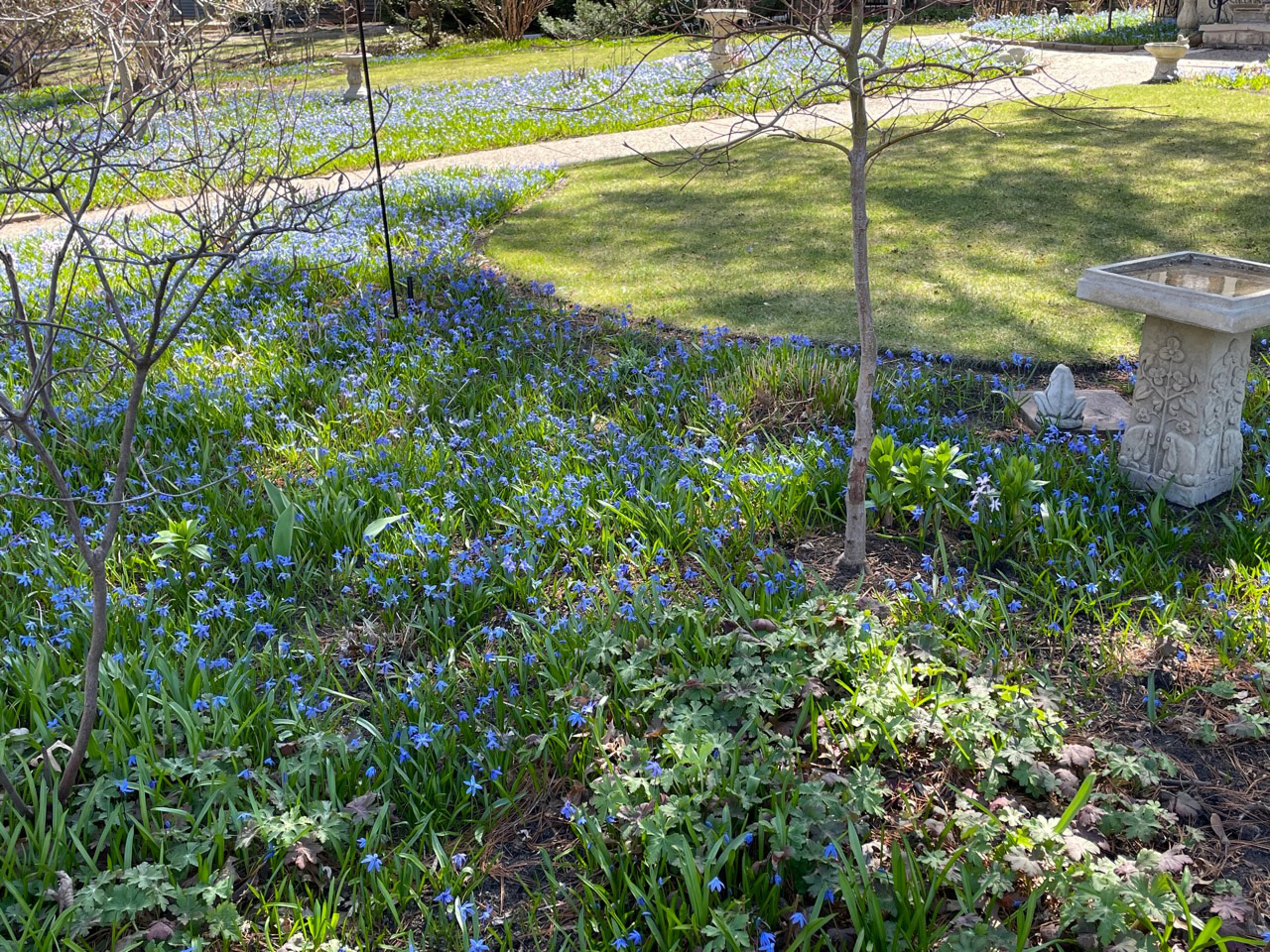
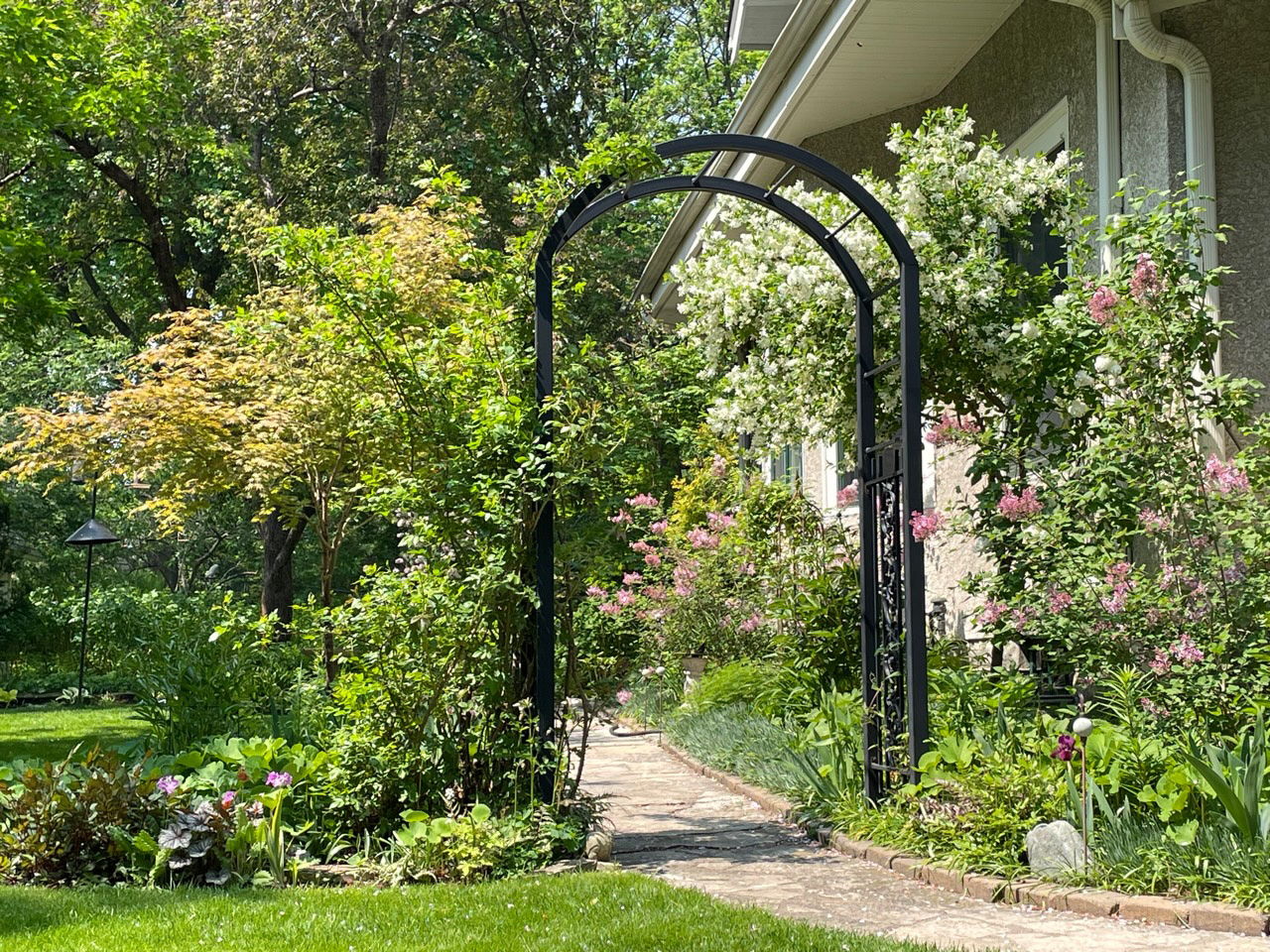
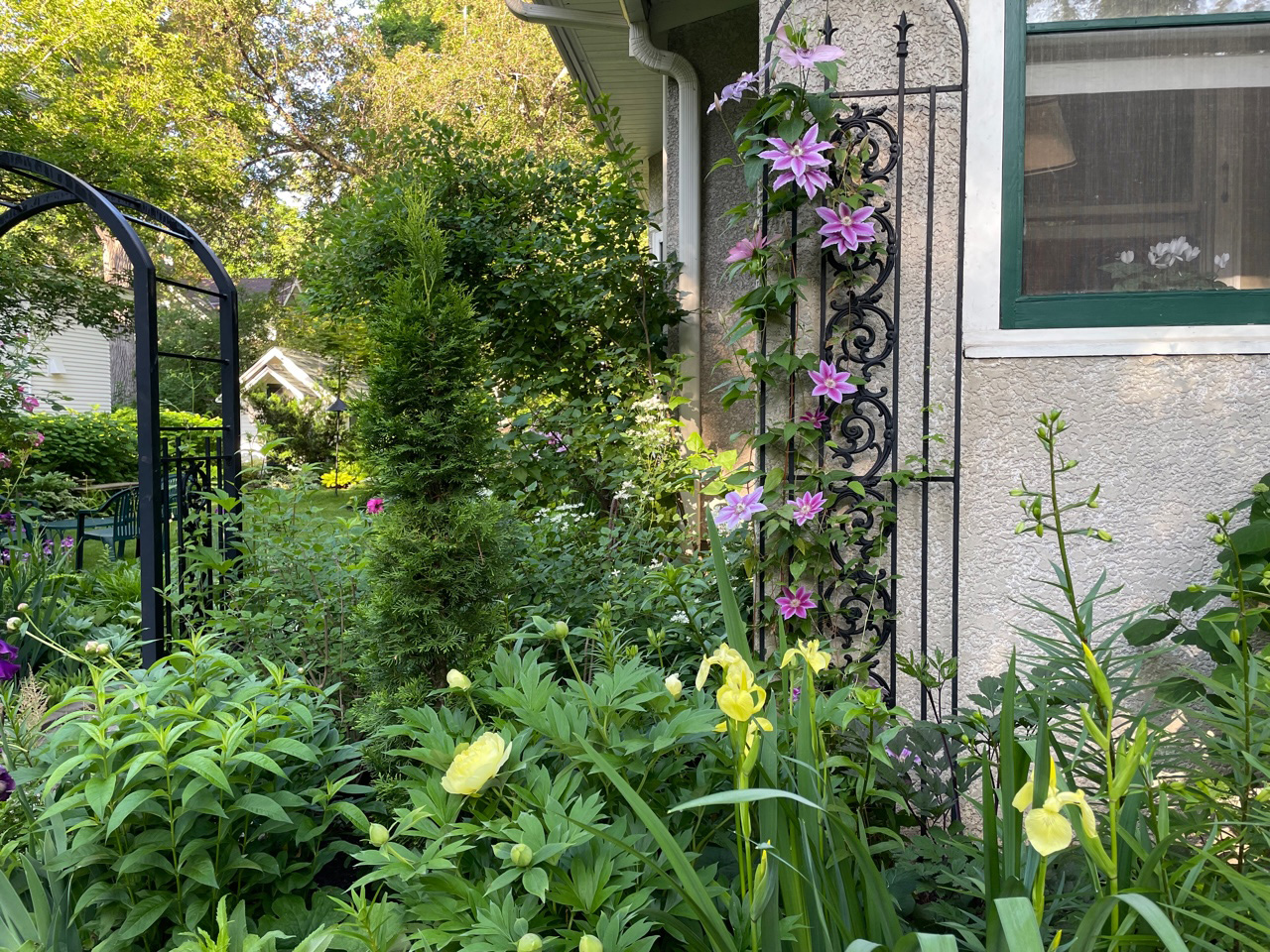
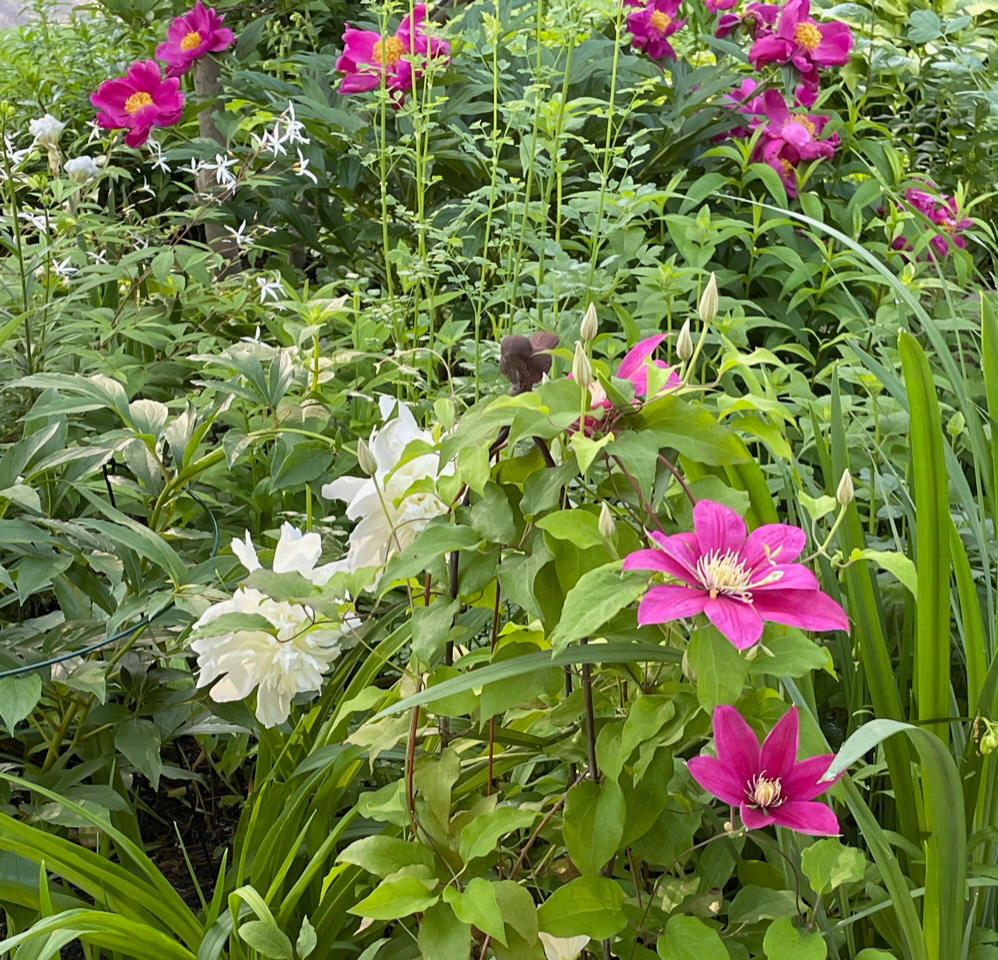
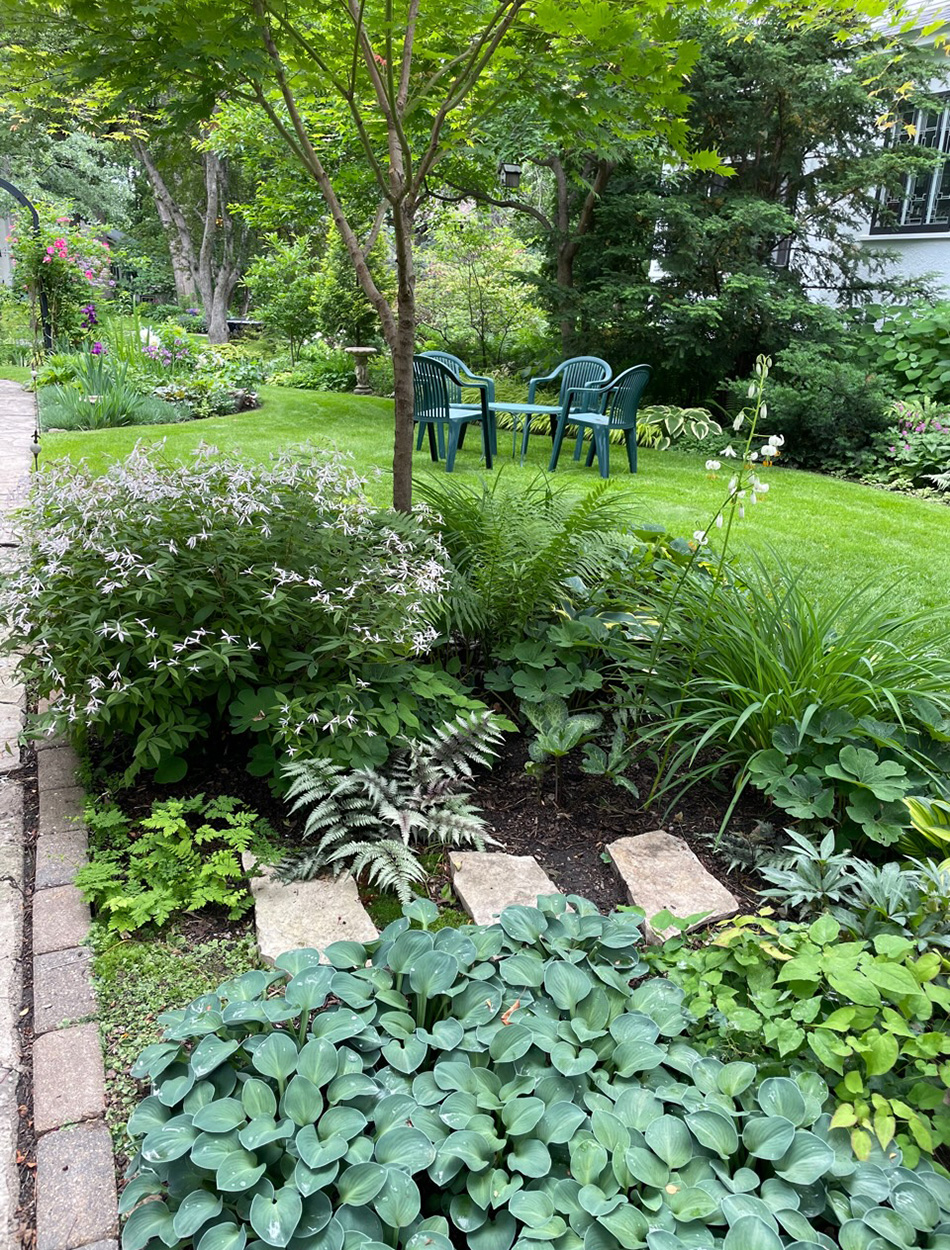
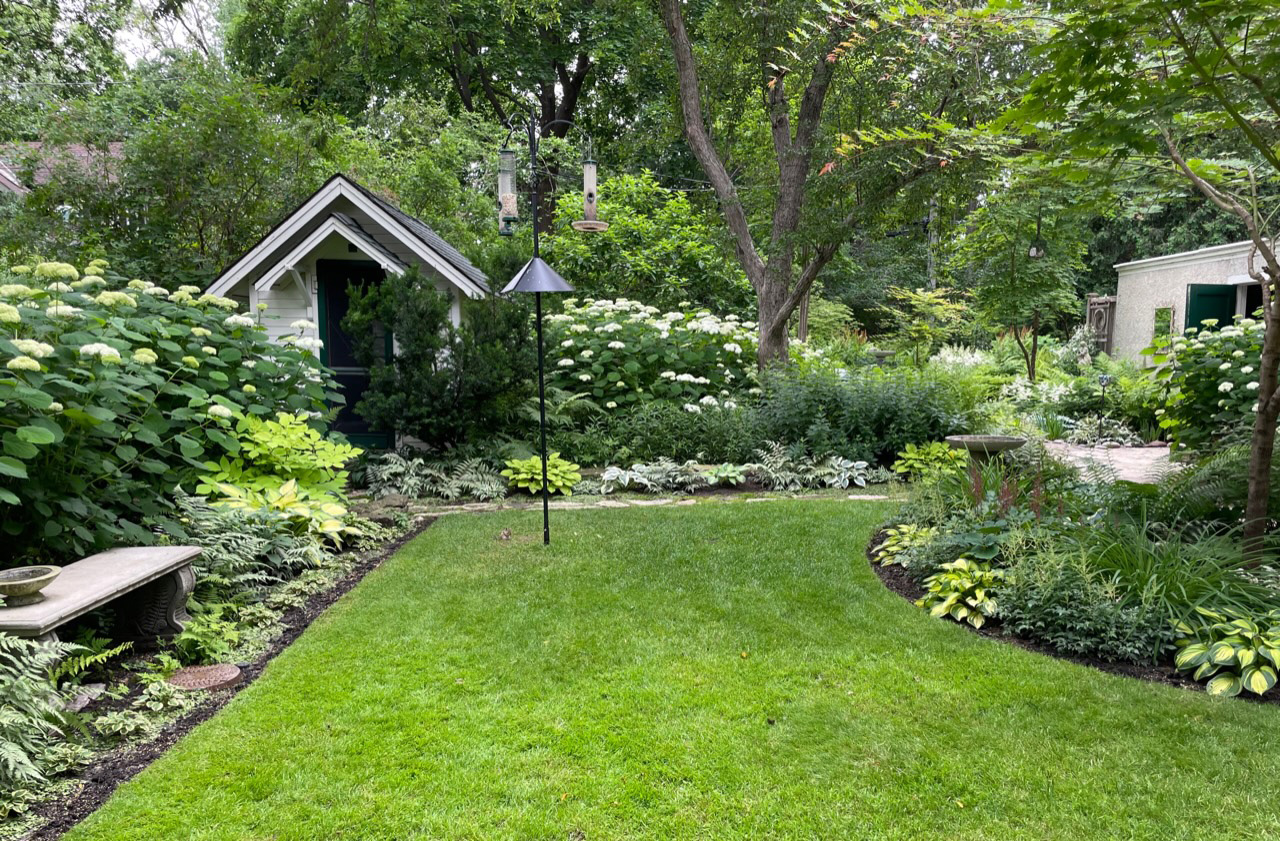
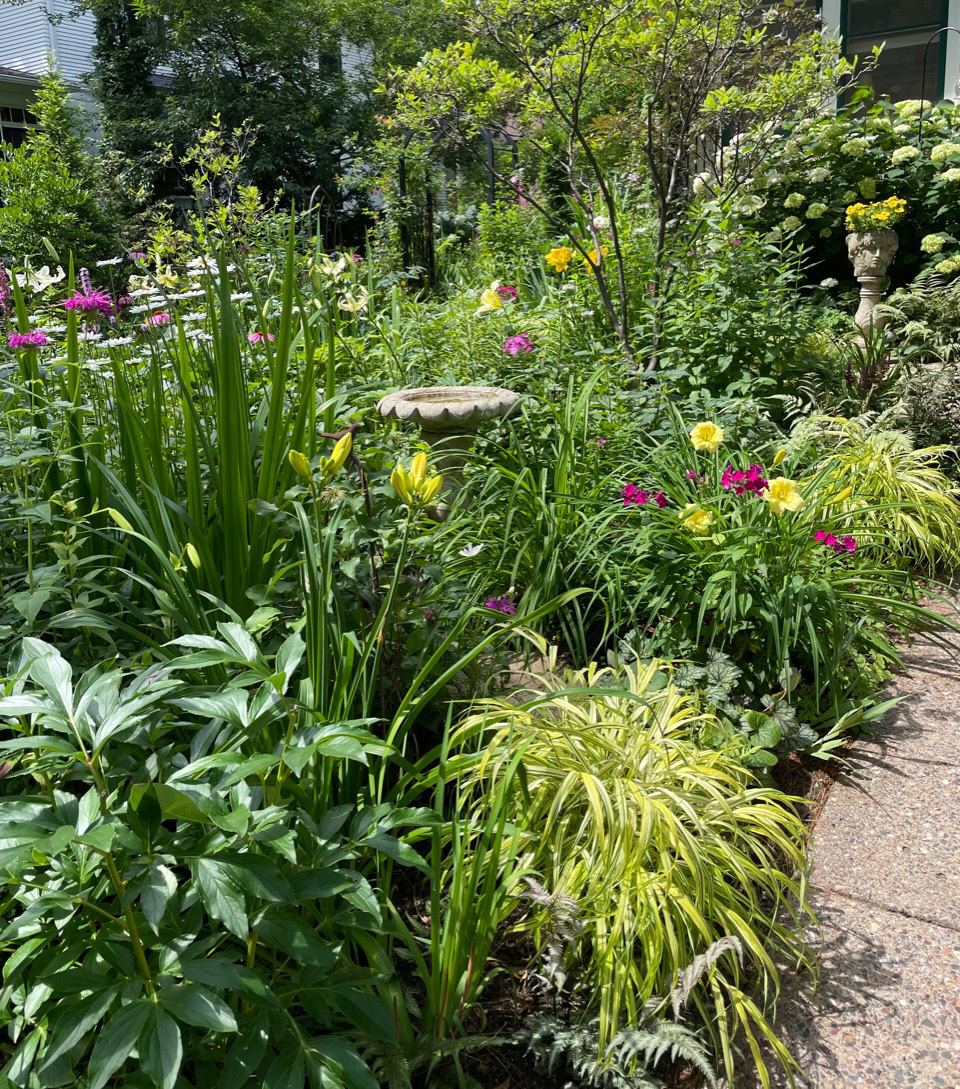
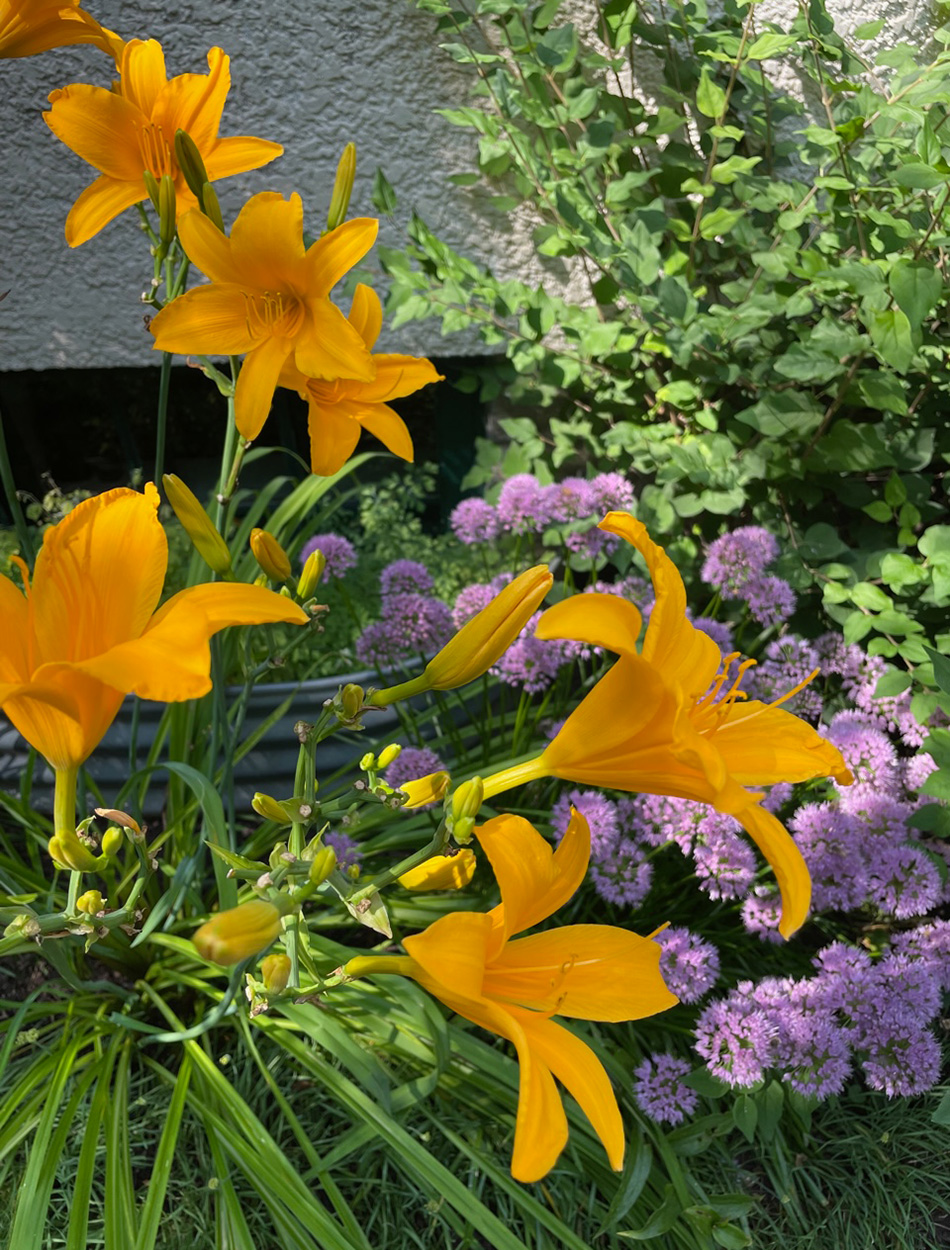



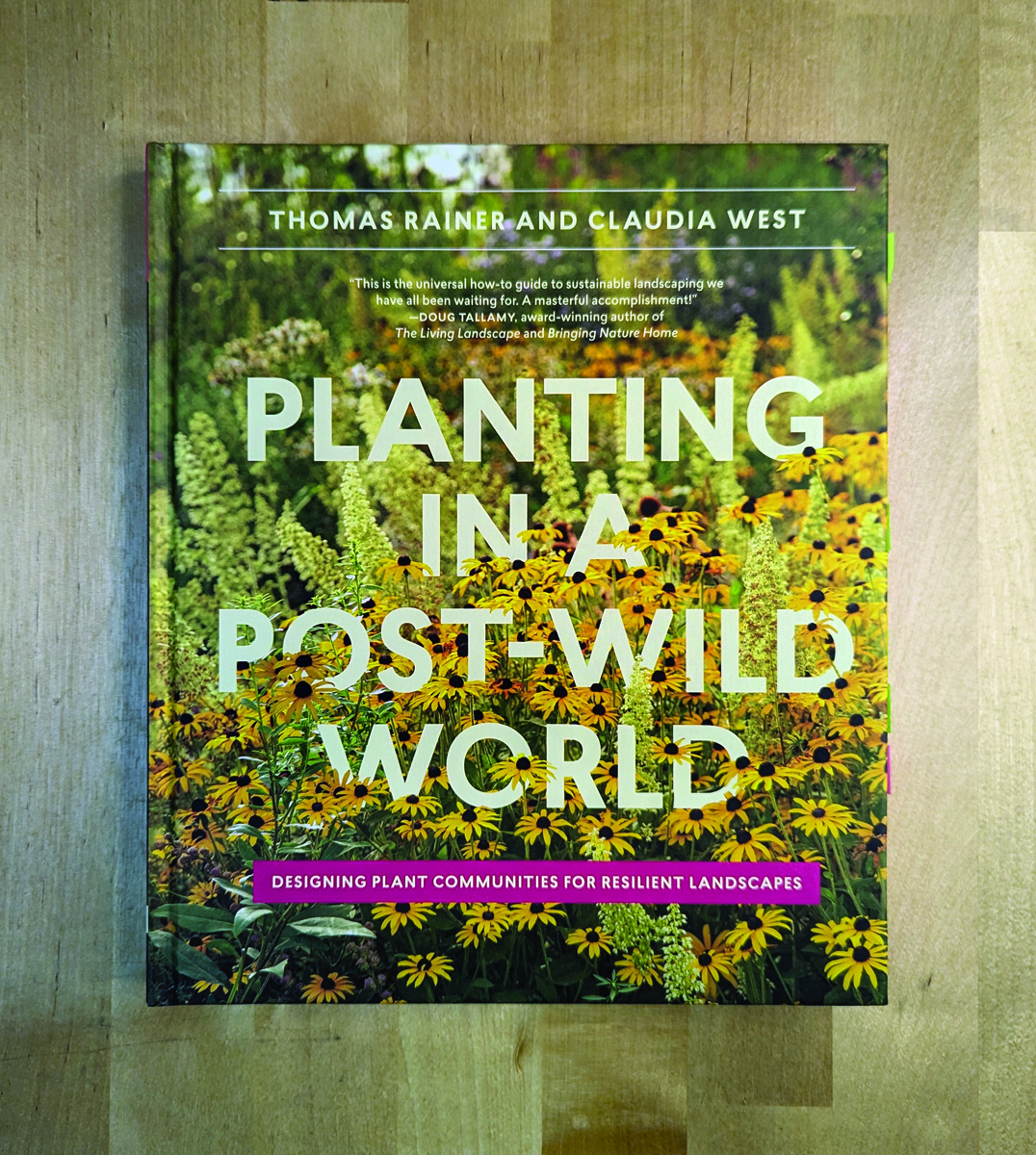
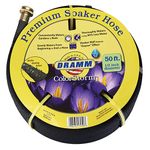







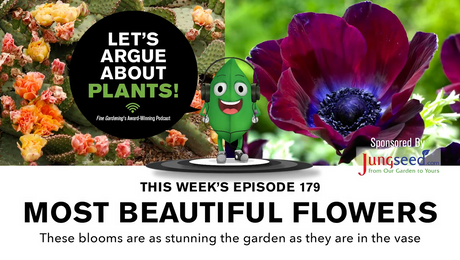


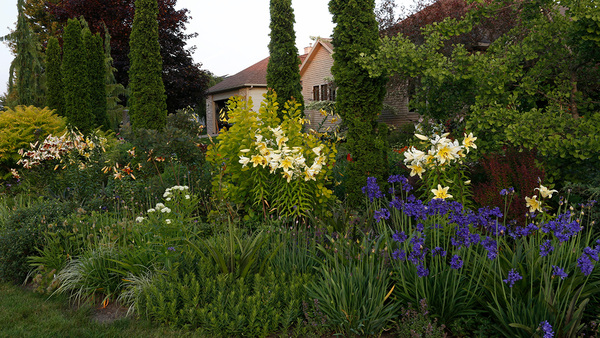



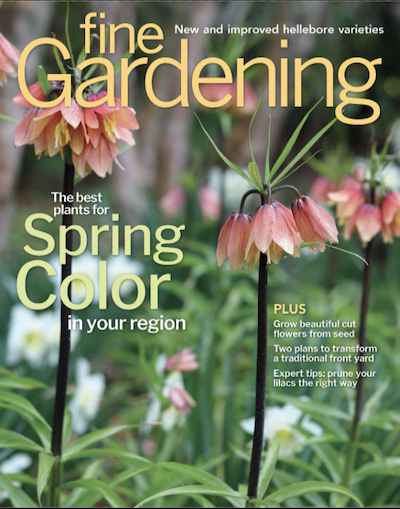



Comments
Absolutely stunning garden.
Thank you for sharing.
Love those Siberian squill. I wouldn't mind at all if they took over an area of my garden.
Your garden style is exactly what I love - gorgeous!!!
Your garden is so artfully layered. I've looked back at these pictures a few times today.
Looks like paradise!
Lovely garden and the Siberian Squill look marvelous as they do. Be warned they're extremely invasive, each dropping hundreds of seeds a year. Over 20 years they've covered my garden and started choking out other spring plants. They have to go and I'm into year 2 of digging the bulbs and pulling off the flowers. It's still unclear who's going to win this one!
Good luck getting rid of them! I've had them in my garden for over 40 years, and they haven't caused an issue with the other spring plants. The only problem is the removal of the leaves as they begin to yellow, mat, and deliquesce--yuck!
What a pleasing garden- perfection!
Log in or create an account to post a comment.
Sign up Log in